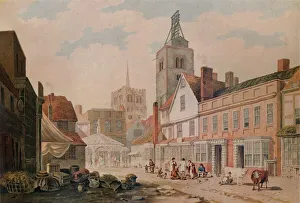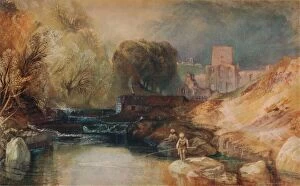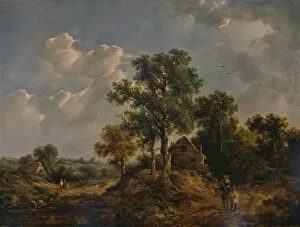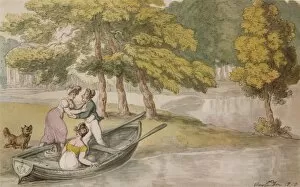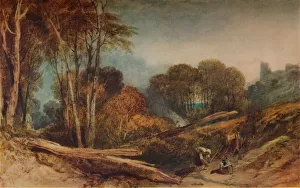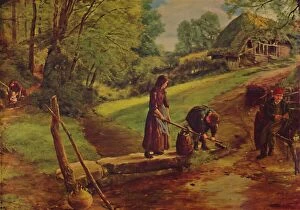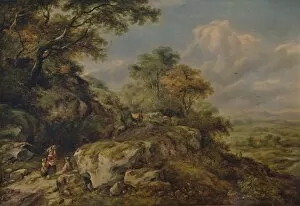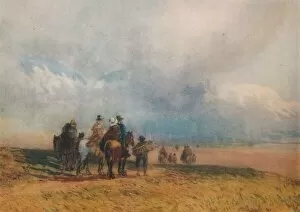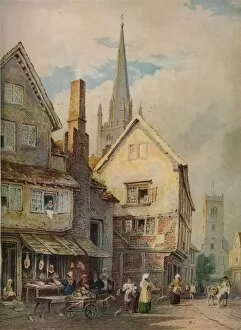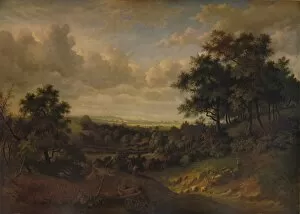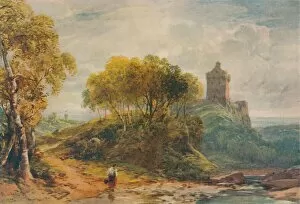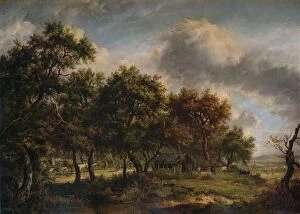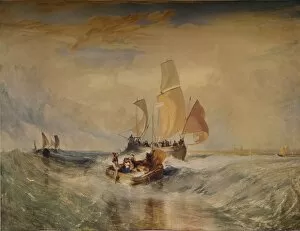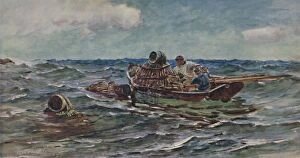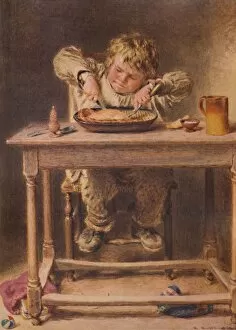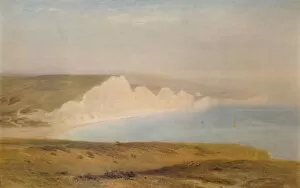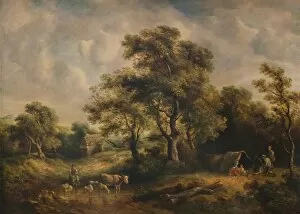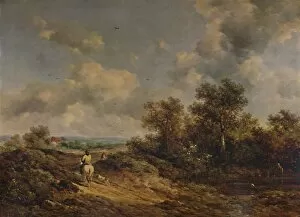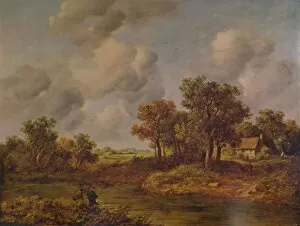Frederick John Nettlefold Collection
Frederick John Nettlefold, a man of refined taste and appreciation for art, was captivated by the beauty captured in various paintings throughout history
All Professionally Made to Order for Quick Shipping
Frederick John Nettlefold, a man of refined taste and appreciation for art, was captivated by the beauty captured in various paintings throughout history. From the serene Brinkburn Priory in Northumberland, depicted by JMW Turner in 1830, to the bustling streets of St. Albans painted by George Sidney Shepherd in 1809, Nettlefold found solace and inspiration within these masterpieces. One particular painting that caught his eye was "A Woodmans Cottage" by Patrick Nasmyth from 1820. The rustic charm and tranquility emanating from this artwork resonated deeply with Nettlefold's love for nature. Similarly, James Clarke Hook's "A Devonshire Stream" transported him to a peaceful countryside scene in 1864. Nettlefold's fascination extended beyond landscapes as he admired Richard Hilder's depictions of Kentish villages such as Otford and Sevenoaks during the 19th century. These quaint settings evoked a sense of nostalgia within him. In addition to English landscapes, Nettlefold also appreciated maritime scenes like Peter Monamy's "Men of War" from around 1720. The power and grandeur displayed on canvas fascinated him. Amongst his collection were also architectural marvels like David Cox the elder's portrayal of Ulverston in "Crossing the Sands. " This painting showcased not only Cox's skill but also Nettlefold's admiration for historical structures. Religious architecture held a special place in Frederick John Nettlefold’s heart too; he cherished John Varley I’s depiction of St. Alkmunds Church in Shrewsbury from 1801 as well as JMW Turner’s portrayal of Beeston Castle in Cheshire circa 1839. Lastly, Patrick Nasmyth’s masterpiece titled “A View of Thames: Greenwich” allowed Nettlefold to immerse himself into London life during the early nineteenth century.

